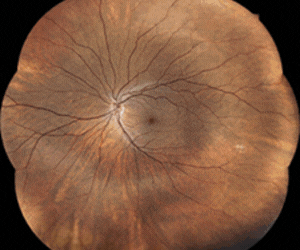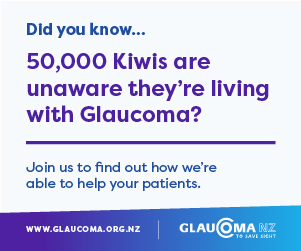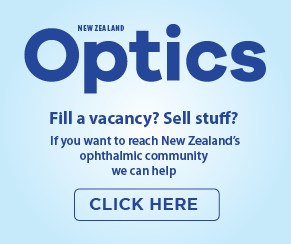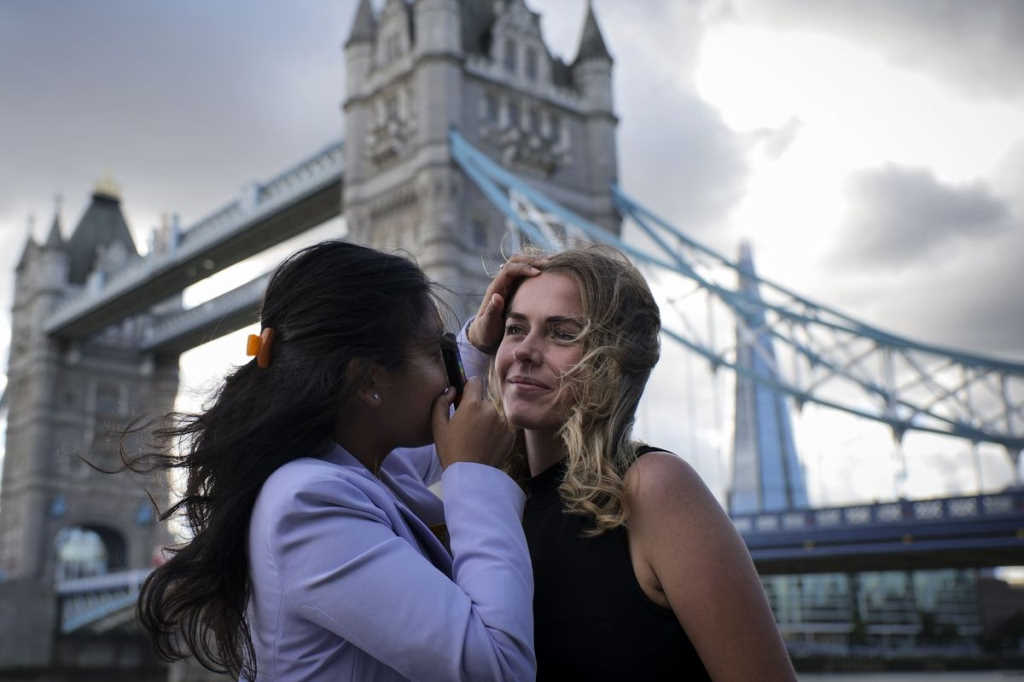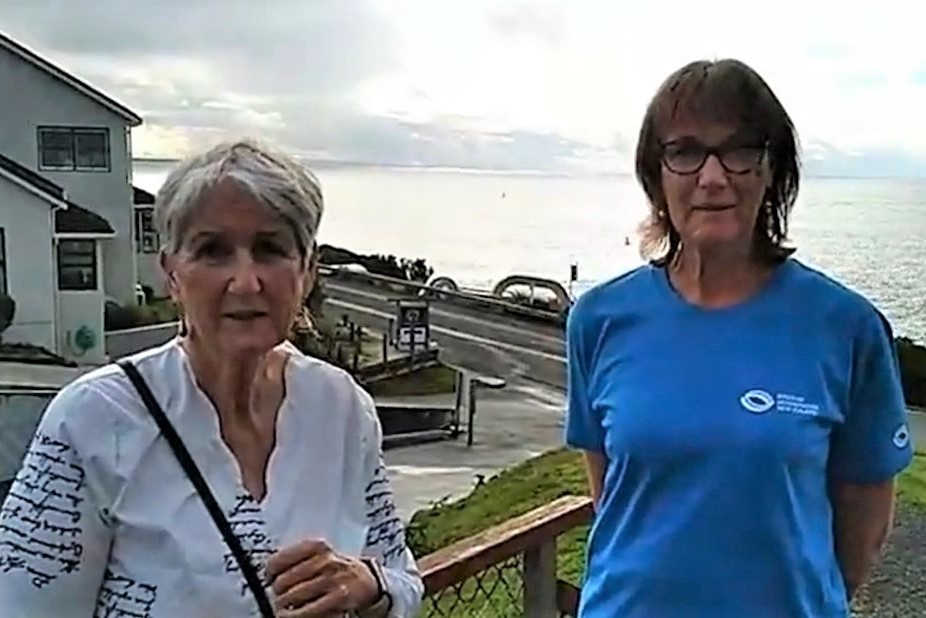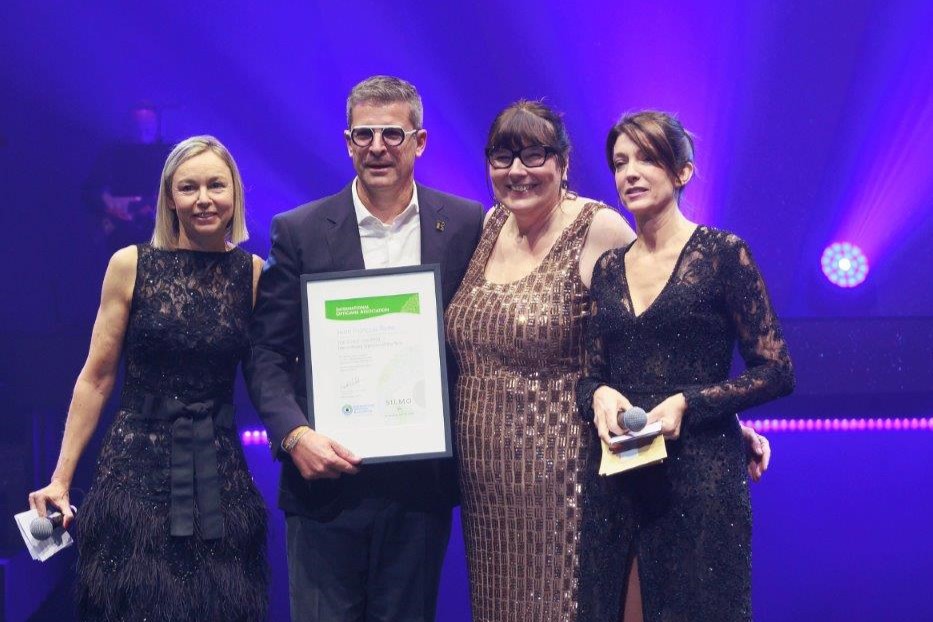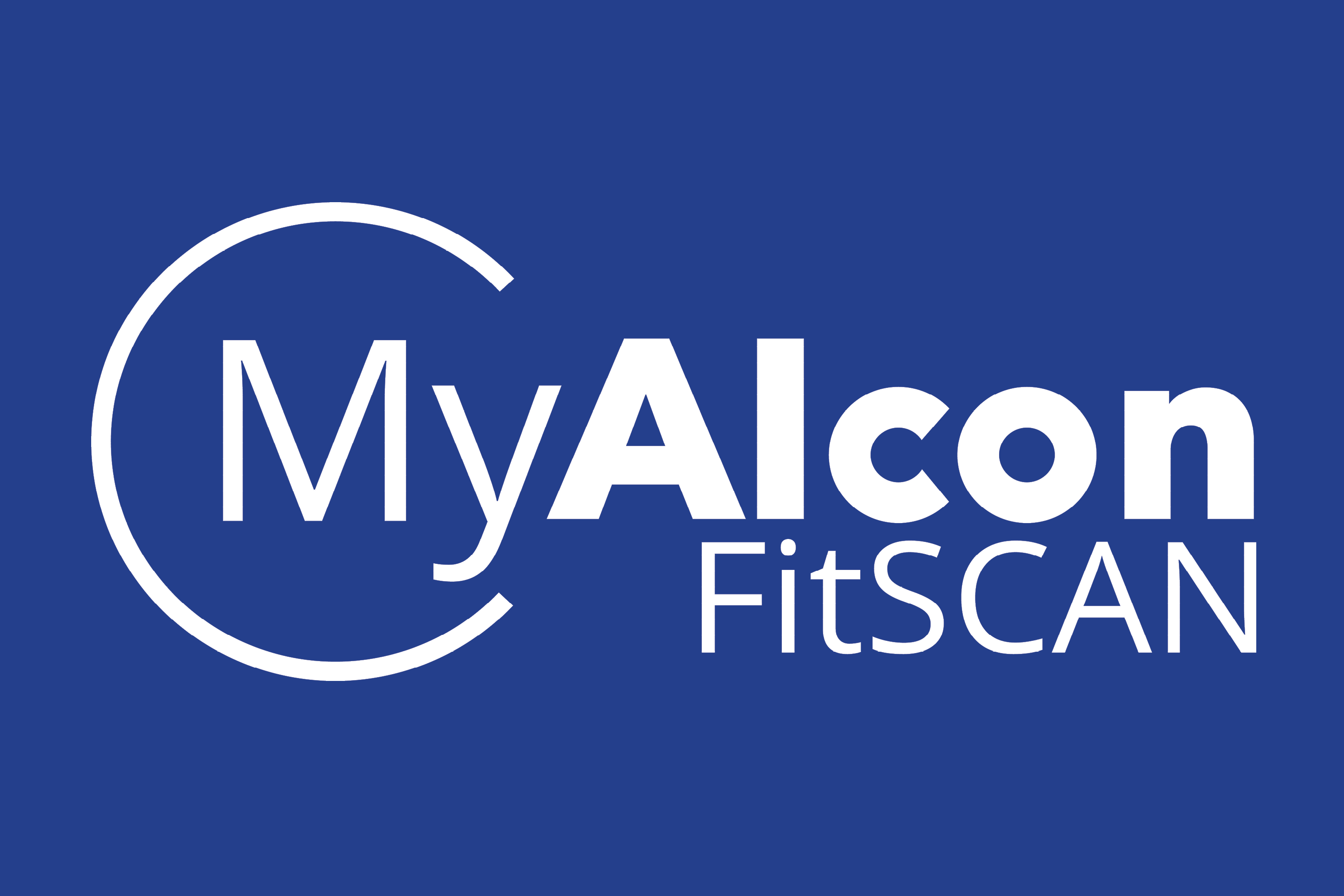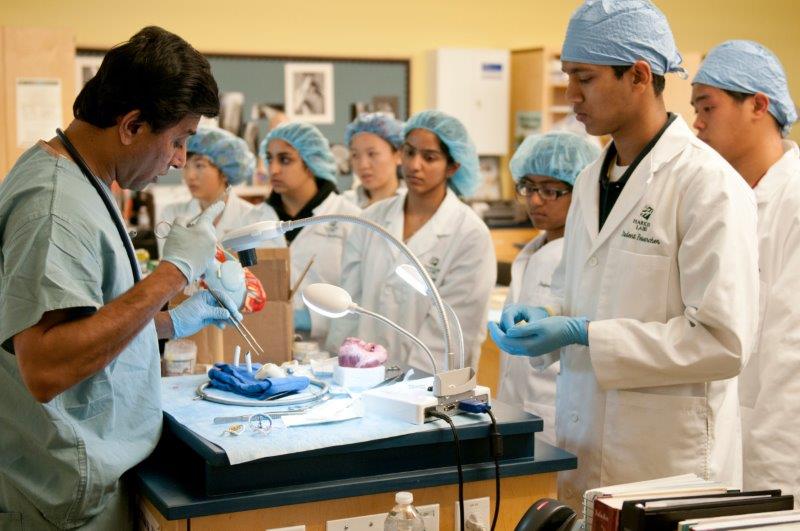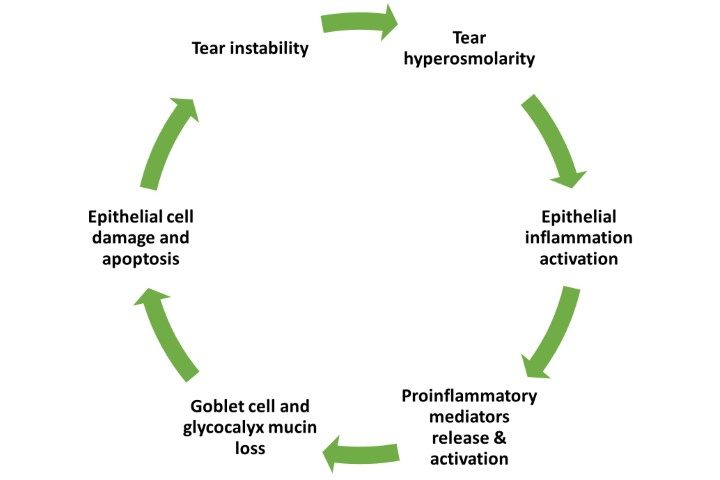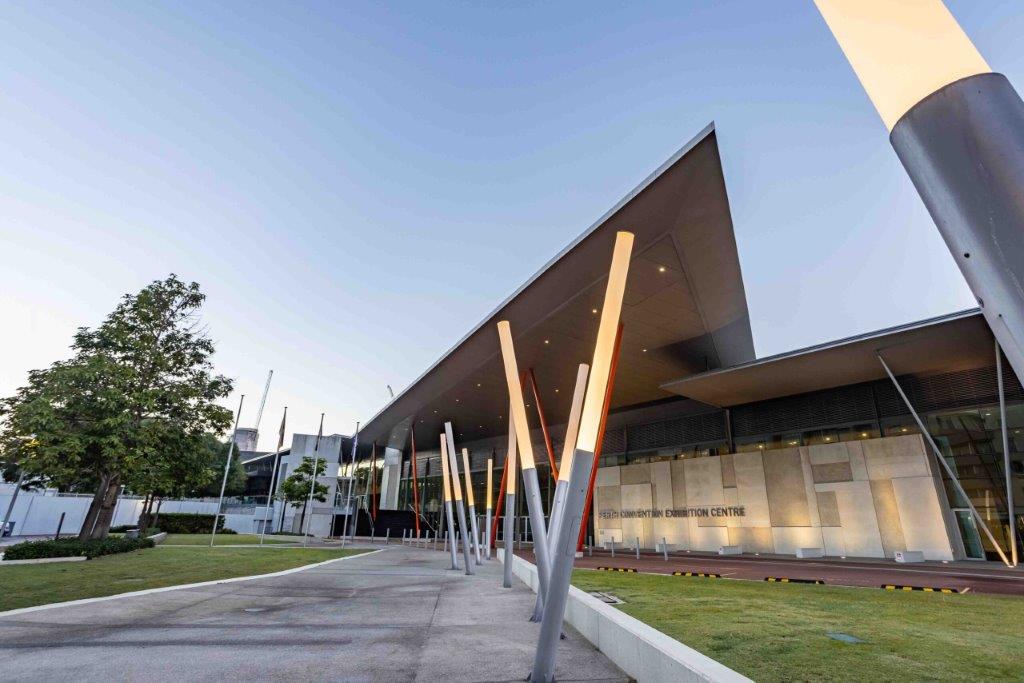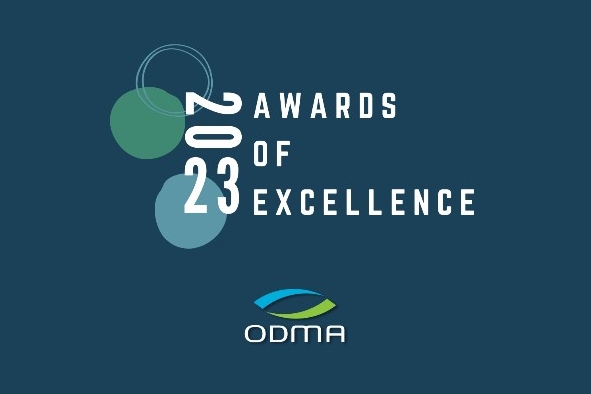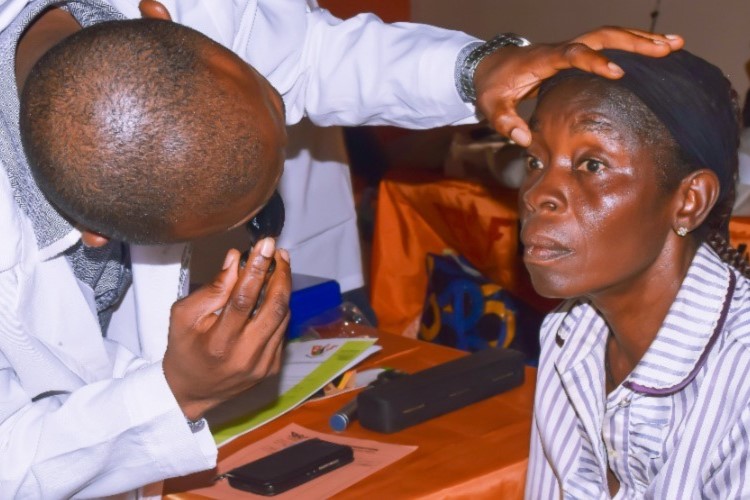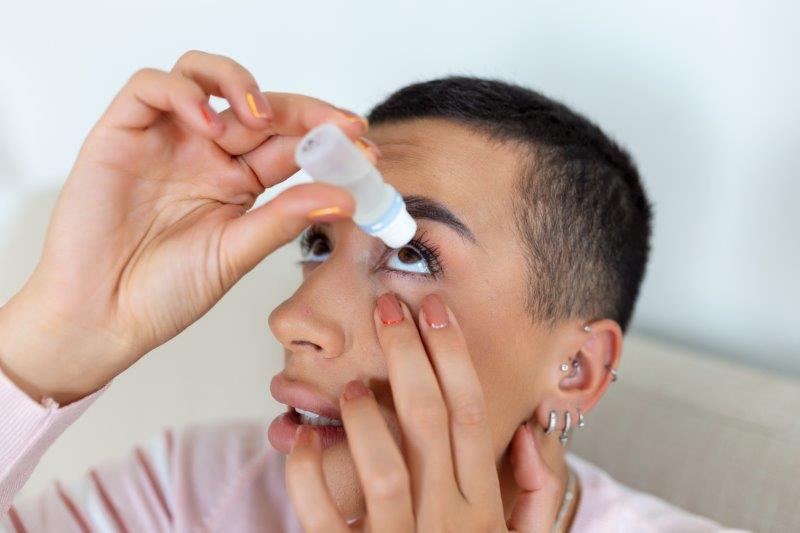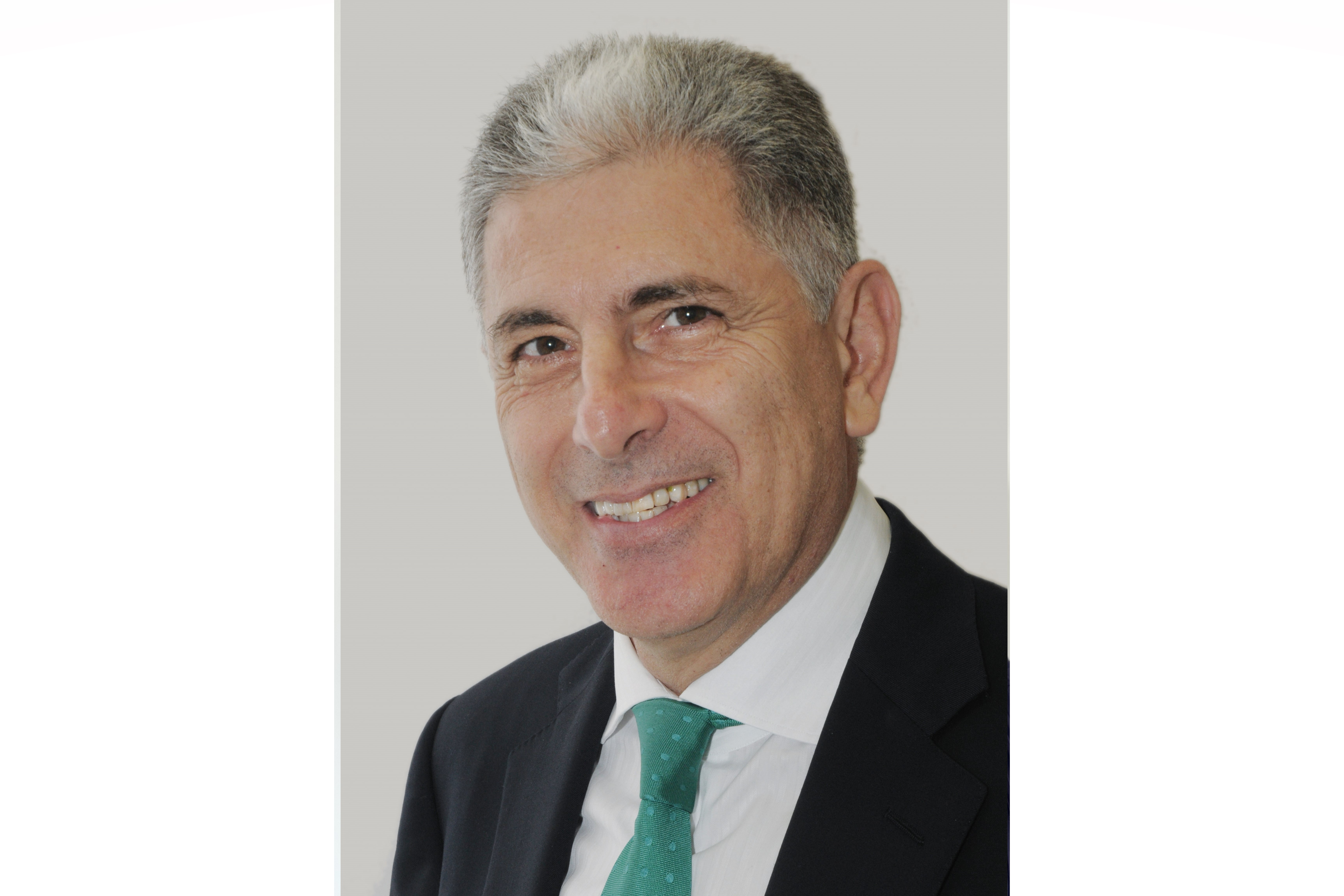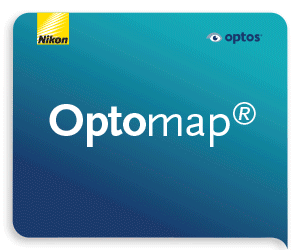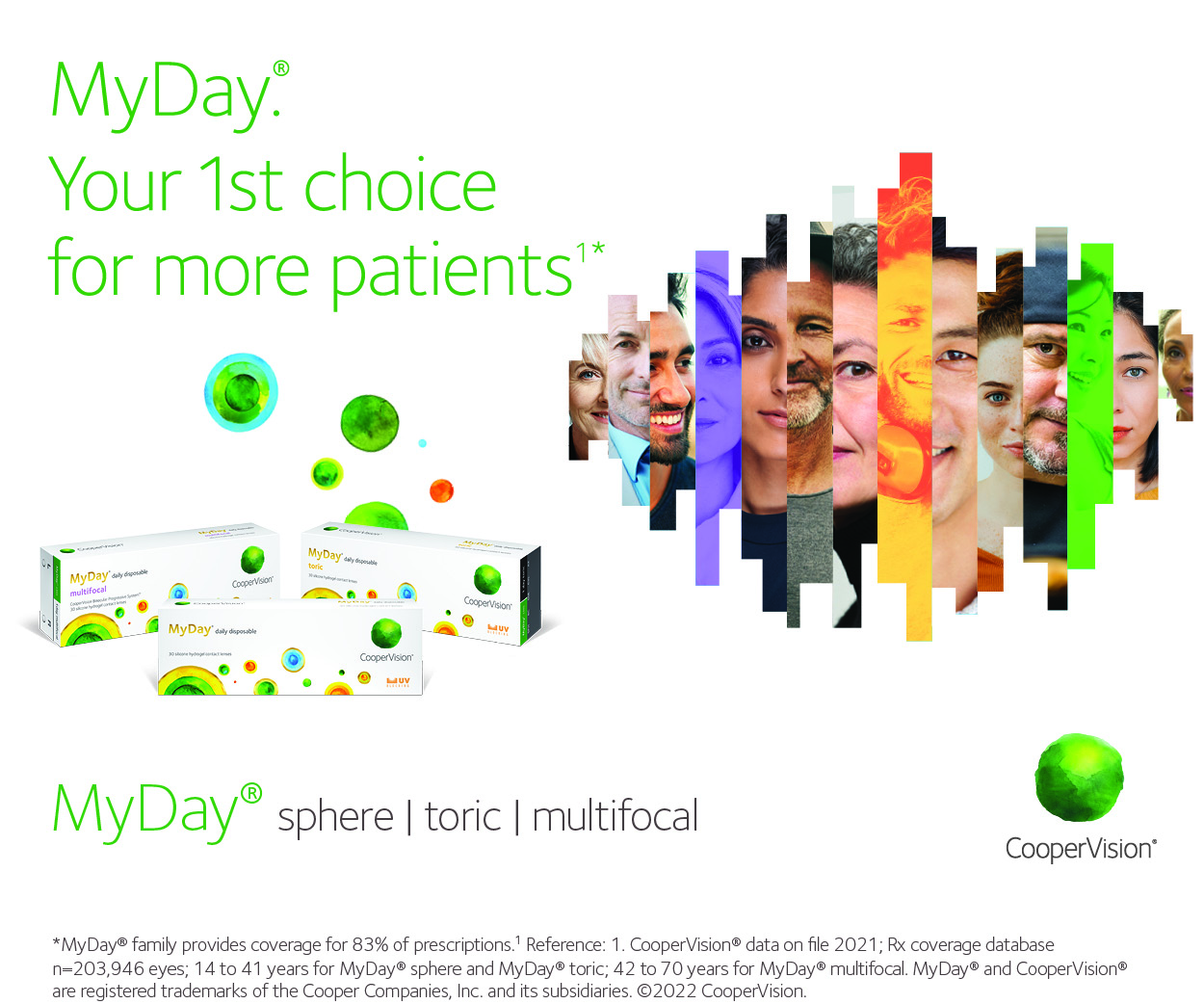Getting behind World Sight Day
As part of this year’s World Sight Day #LoveYourEyes campaign, sight tests were carried out at some of the world’s most famous sights including Mount Everest, Tower Bridge in London, the Brooklyn Bridge in New York City and Mount Kilimanjaro. The success of this year’s event was unparalleled, said Peter Holland, IAPB’s CEO, with IAPB reporting 3.4 million eye tests completed – more than triple its target of one million pairs of eyes tested in the month leading up to World Sight Day!
Most of the world’s larger corporates also did their bit to promote this year’s World Sight Day, running events both locally and internationally. EssilorLuxottica rolled out a new campaign focusing on children’s vision. Collaborating with renowned Australian artist and illustrator Karan Singh, the campaign includes bold, colourful and eye-catching visuals to highlight and reinforce the importance of eye health and the importance of early and regular eye exams, said the company. “Millions of children around the world still lack access to vision care, which jeopardises their future by reducing their ability to learn, be safe and fulfil their potential.”
Continuing the focus on children, CooperVision released a new video focusing on the myopia pandemic and its increasing prevalence and severity, and its partnership with the World Council of Optometry to help drive a standard of care for myopia management across the world. Alcon continued to roll out its Children’s Vision Programme, delivering free custom prescription eyeglasses to US students, while 2,020 Alcon associates from across the world took 5,000 steps on World Sight Day, raising US$25,000 for different eyecare organisations. J&J Vision, meanwhile, conducted its second Global Eye Health Survey, releasing the data on World Sight Day.
Conducted online between July and August 2021, the survey canvassed the opinions of more than 16,000 adults across the US, the UK, China, France, Germany, Korea, Russia, and Brazil. More than one-third of those who responded said they thought their vision had deteriorated since the start of the pandemic and 86% said sight was the sense they most feared losing; yet just 30% said they planned on having an eye test within the next year. Other results revealed that 75% of parents believe eye exams are even more important for their kids, yet just 27% booked an annual eye exam for them; 27% said they were more concerned about how their eyes looked than the health of their eyes; and nearly 30% indicated they would change the colour of their eyes for a day if they could. For those with aging eyes, 29% worried that glasses will make them look old, yet only 37% knew contact lenses could be used as an alternative to multifocal glasses. Of those who’d had cataract operations, 72% said they’d have had it done sooner if they’d known how much better their vision would be and 56% didn’t realise how bad their vision was until after surgery.
Summing up the day, Holland said, “I’ve been delighted and proud of what we have done together. But the scale of the challenge we face is immense. The pandemic struck a massive blow to global eye health, and we must continue to act to save millions from unnecessary blindness.”






